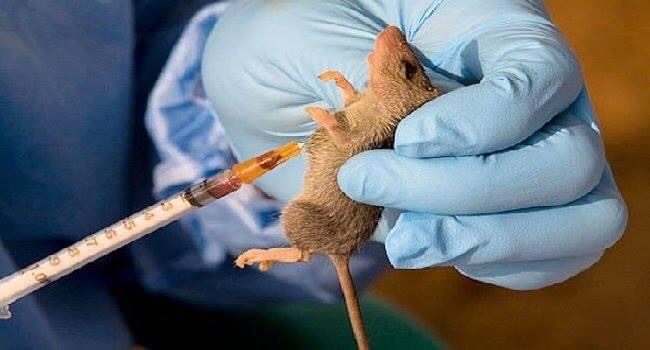From Emmanuel Iyoho
ABUJA
The federal government has strengthened activities on environmental health and sanitation response to Lassa fever outbreak in the country
The minister of state for the environment, Chief Sharon IKeazor who made this known recently said her ministry has already embarked on environmental health and sanitation response campaign in 11 states of the Federation to ensure improvement in environmental sanitation of premises, abatement of nuisance, rodent control, food hygiene and safety.
According to her, Nigeria is currently experiencing increasing number of reported Lassa fever cases across the country.
The most recent situation report from the Nigeria Centre for Disease Control (NCDC) of 16th January 2022 indicated 96 confirmed cases and 11 deaths from 3rd to 16th January, 2022 in 27 Local Government Areas across 11 States that include Bauchi, Edo, Ondo, Benue, Taraba, Kaduna, Plateau, Kogi, Cross River, Ebonyi and Oyo. This is in addition to the 510 confirmed cases and 102 deaths that occurred from January 2021 to 2nd January, 2022.
The minister revealed that before the recent outbreak, the Ministry of Environment had taken proactive measures to improve the overall sanitation and hygiene situation in the country by establishing Sanitation Desks in all the 36 states of the Federation and the FCT to ensure proper monitoring and proactive measures on environmental health issues and concerns.
“This is in addition to the setting up of Environmental Health Surveillance Systems designed to strengthen cooperation between the states and Federal government on Environmental health and Sanitation issues which aids information/data gathering and sharing between the Federal, state and Local Governments” he said.
She stated that they were also involved in prevention and containment activities including: surveillance/monitoring and reporting of Lassa fever cases and other environmental determinant diseases to the federal ministry of environment headquarters and that the sanitation desks were being replicated in all the 774 local government areas in the country.
Ikeazor stated that, the Federal Ministry of Environment over the years had collaborated with the Nigeria Centre for Disease Control (NCDC), World Health Organisation (WHO) and other stakeholders to carry out activities to prevent and contain the perennial Lassa fever outbreaks in Nigeria
She said environmental health officers in the Ministry, in collaboration with Sanitation Desks in the States and local government Environmental Health Officers are currently in the field implementing environmental sanitation response activities in Lassa fever affected states.
“As a Ministry, we remain committed to our mandate of pest and vector control in Nigeria. To this end, we are entrenching sustainable programmes focusing on eliminating and reducing breeding avenues for disease vectors which involve fostering collaboration with relevant stakeholders.Furthermore, we shall continue to develop capacity of Environmental Health Practitioners in the Federal, State and Local Government jurisdictions. State Ministries of Environment are hereby enjoined to develop comprehensive Lassa fever prevention programme that will include rodent infestation survey and deratization.
Ikeazor assured the general public that the Ministry remains committed to ensuring that the environment remains clean, healthy and safe for all.
The Lassa fever virus is transmitted by rodents (rats) which can be found in our environment including homes, motor parks, offices and even places of worship. This contributes largely to the risk of spread that occurs in Nigeria and other countries with similar ecological factors.
The minister therefore, called on members of the public to keep their surroundings clean, keep food away from rodents, store grains and other food stuff in rodent proof containers and cook all foods thoroughly before consumption.
She also advised residents to block rat hideouts, carry out deratization, put an end to the practice of eating rats, dry farm produce in hygienic manners by refraining from drying crops on the ground where rodents could freely run through; as Lassa fever was often associated with poor sanitary and hygiene practices with cases being recorded all year round.





Discussion about this post